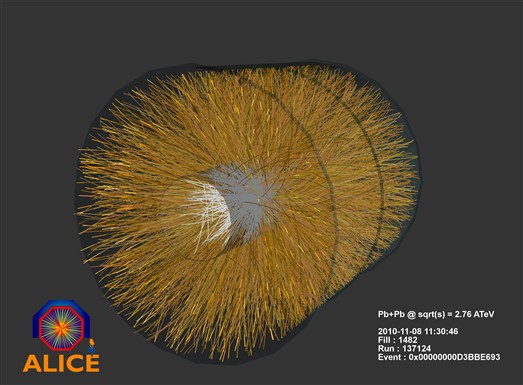Uncle Tungsten
http://www.oliversacks.com/books/uncle-tungsten/
 Uncle Tungsten: Memories of a Chemical Boyhood (2001)
Uncle Tungsten: Memories of a Chemical Boyhood (2001)Paperback, Vintage Books, ISBN 0-375-70404-3
Hardcover, Alfred A. Knopf, ISBN 0-375-40448-1
A memoir of growing up in World-War-II England as part of an extraordinary scientific family.
Uncle Tungsten
Sacks, a neurologist perhaps best known for his books Awakenings (which became a Robin Williams/Robert De Niro vehicle) and The Man Who Mistook His Wife for a Hat, invokes his childhood in wartime England and his early scientific fascination with light, matter and energy as a mystic might invoke the transformative symbolism of metals and salts. The “Uncle Tungsten” of the book’s title is Sacks’s Uncle Dave, who manufactured light bulbs with filaments of fine tungsten wire, and who first initiated Sacks into the mysteries of metals. The author of this illuminating and poignant memoir describes his four tortuous years at boarding school during the war, where he was sent to escape the bombings, and his profound inquisitiveness cultivated by living in a household steeped in learning, religion and politics (both his parents were doctors and his aunts were ardent Zionists). But as Sacks writes, the family influence extended well beyond the home, to include the groundbreaking chemists and physicists whom he describes as “honorary ancestors, people to whom, in fantasy, I had a sort of connection.” Family life exacted another transformative influence as well: his older brother Michael’s psychosis made him feel that “a magical and malignant world was closing in about him,” perhaps giving a hint of what led the author to explore the depths of psychosis in his later professional life. For Sacks, the onset of puberty coincided with his discovery of biology, his departure from his childhood love of chemistry and, at age 14, a new understanding that he would become a doctor. Many readers and patients are happy with that decision.
(Publishers Weekly Copyright 2001 Cahners Business Information, Inc.)
ACTIVITIES:
Chapter 1:
1. Name three metals and some of their characteristics.
2. Who was Uncle Tungsteen and how was he important to Oliver Sacks?
3. Describe at least three of Oliver Sacks' relatives.
Chapter2:
1. What was the significance of the library? Other than a storage center for books, what other functions did the library serve?
2. What made the Edwardian house such a fascinating place?
3. Why did his relatives chew charcoal bits?

